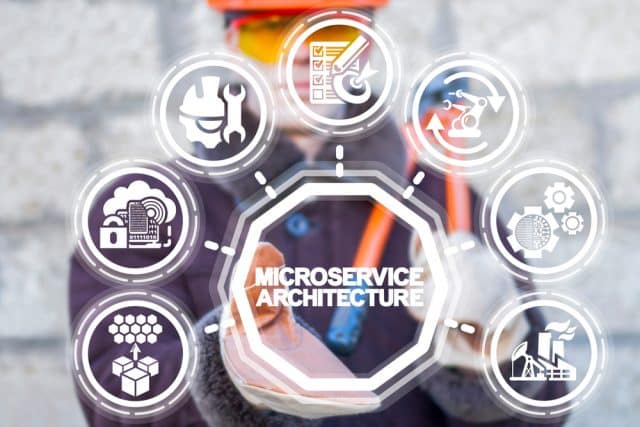Why businesses need to look to a new technology model post pandemic [Q&A]

Aging infrastructure, legacy tools and outdated strategy. Businesses today that have one or more of these issues are quickly realizing that they're not set up for success.
As we start to see signs that the pandemic is getting under control in some places, many companies are finding themselves faced with the reality that they were ill prepared to handle the tumultuous nature of the past 12 months. Those who've struggled to make it this far are realizing it's time for more than just a refresh of their old systems. A new approach is needed.
The MACH Alliance (MACH standing for Microservices based, API-first, Cloud-native SaaS and Headless), is a group of tech leaders advocating for a new, open and best-of-breed enterprise technology ecosystem. Launched in June of 2020, the Alliance aims to help enterprise organizations navigate the complex modern technology landscape with the belief that competitive advantage doesn't come from owning the stack, but rather from being free to select the best available resources for the moment.
In March, the Alliance hosted a webinar featuring Forrester called, A Future Fit Tech Strategy Requires the Right Platforms, Practices and Partnerships. We spoke with Sonja Keerl, co-founder of the Alliance about some of this webinar's highlights.
BN: Can you give us an overview of what the webinar covered and why now is the right time for a topic like this?
SK: We focused in part on Forrester's new future fit technology model and how it provides a blueprint for leaders to source, assemble and manage their technology to be future-proof. The goals are to be more adaptive, creative and resilient in business. Within that lens, we talked about how new types of open and composable platforms accelerate time-to-value and how co-innovation partnerships are emerging as a critical advantage. As part of that, we dove into what these changes mean to investment patterns and the overall structure of the technology ecosystem.
This was the right time for a webinar focused on this subject matter because many businesses are facing a moment of reckoning, as we've all been bogged down by the pandemic to some degree. It has distinguished those who were digitally prepared and able to thrive from those who faltered.
BN: Can you explain a bit more about the concept of digital sameness and what enterprises need to be thinking about in order to avoid it?
SK: The idea of digital sameness is intriguing and it makes perfect sense when you think about how so many companies within an industry seem to operate with such similar playbooks. While technology investments of the past decade gave many businesses the momentum to get online, the payback of these investments is starting to stall. This is partly due to the notion of digital sameness. As industries started to follow a shared playbook of digital experience, creating an expectation experience was no longer a differentiator. Even forward-thinking businesses that have invested in the right technologies still look an awful lot like their peers.
The tension between falling productivity, pervasive digital sameness and an accumulation of tech debt is pushing companies to identify new models for doing business, especially pertaining to technology. They're looking to both move faster with new systems and models, while also retiring some of their tech debt.
BN: Why is there a shift from technology to ecosystem and why does it matter?
SK: The way businesses invest in their platforms, practices and partners is the key to ensuring they're fit for the future. One way of achieving that is through ecosystems.
Companies today are using ecosystems to create a composable stack of capabilities tailored to their needs, which makes it possible to design curated stacks for industries that can be reused and adapted at scale.
Parallel to the rise of ecosystems is the rise of co-innovation partnerships and the role of strategy and implementation partners. As was discussed in the webinar, these partners need to be willing to collaborate with the entire ecosystem, being transparent about their strengths and knowing how to team up with others to innovate and drive outcomes. Some companies are even asking that co-innovation partners take a hybrid approach to project compensation, with a percentage attached to the success of joint outcomes.
BN: So what's next? Where do we go from here?
SK: We discussed in the webinar that we're going to move more toward this era of best-of-breed and platforms that are MACH-ified. With this approach, businesses can essentially mix and match to deliver solutions to very specific business needs. They can do this by taking microservices, which are small, standalone applications fronted by APIs that can be designed and deployed individually like Lego bricks. With each microservice you can add new functionality.
I believe this is the way forward for enterprise architecture today. Traditional monolithic platforms, which are essentially self-contained (in other words, they don't play well with other software applications in the sand box), don't enable that kind of flexibility which is so crucial for businesses to be adaptable and have staying power today.
Photo credit: Panchenko Vladimir/ Shutterstock
